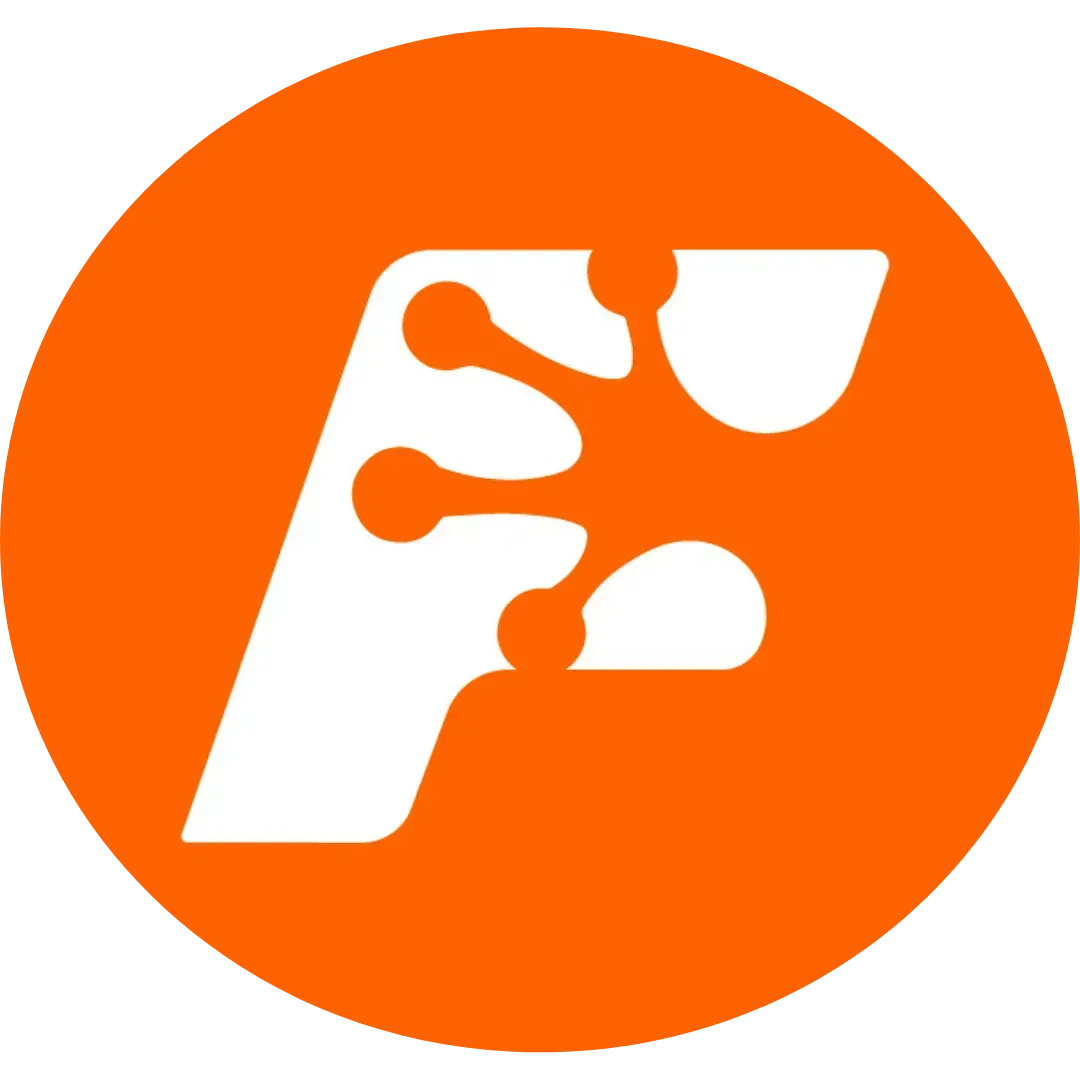COVID - 19 Consequences
Shannon Barlow • September 13, 2021

The COVID-19 pandemic took us all by surprise, causing significant economic upheaval around the world – including here in New Zealand. Markets fell to a degree that had not be seen since the GFC of 2008. The Reserve Bank of New Zealand estimates that during the Level 4 Lockdown, NZ has lowered economic output by 37% alone. During this uncertain time, more than half of businesses had to go through staff cuts, making most of their non-essential employees redundant, but also reducing work hours, salaries, and bonuses.
Thankfully, Aotearoa New Zealand’s ‘go strong, go early’ COVID response enabled the Kiwi market to bounce back, lift COVID restrictions and recover quicker than most countries. From June/July 2020, business confidence and economic growth returned faster, and organisations found themselves needing to fill roles to keep up with New Zealand’s recovery and drive growth.
A TALENT-SHORT LABOUR MARKET
Job applicant availability more than doubled during the months of April and May 2020. Shortly after, due to market uncertainty, it was divided by more than two, reaching lower levels than prior to COVID-19. The large demand for job applicants tied in with the border restrictions intensified the shortage of talent in qualified roles that the country faced.
Since New Zealand first went into lockdown, we have seen a V-shaped economic recovery with most businesses already returning to pre-pandemic levels of activity. Whilst the V-shape is great news for the economy and businesses, the speed of this dramatic change brings in new challenges such as the already mentioned talent shortage and the hiring pace in NZ’s labour market. In May 2021, SEEK recorded the highest number of jobs ever advertised for the 3rd consecutive month, but applications per job fell 11%. Once Australia has sorted its COVID Delta health crisis, it is likely that we will see the return of Kiwi brain-drain of our younger workers.
Spoiler Alert: The vaccination rollout and removal of border restrictions won’t solve this applicant shortage. If you thought it was hard to find good, new employees pre-COVID, strap yourself in, because you ain’t seen nothing yet!
A POWER SHIFT
Because of the job applicant-short market, this shifts the control of power towards these job seekers. Employers are more desperate to fill these roles quicker and with few applicants coming through the door, job seekers’ bargaining power is reaching new heights in the recruitment processes. Today, more applicants have the power to negotiate salary increases, with most having already increased their salary expectations with regard to company culture and asking questions about employers’ response to the pandemic. Specifically how they treated their employees during the height of the pandemic.
There are many ways to battle the challenges that come with team growth in a V-Shaped recovery phase to become a top employer in 2021:
1. Adapting at pace
– the ability to make quick changes to survive in a snap-lockdown such as remote working, online collaboration tools or videos will create a competitive advantage in 2021. Being able to quickly modify the way we work and operate the business out of a lockdown is vital to leading an organisation and employees through that awkward transition stage. This is one of the main downsides of a rapid V-shaped recovery as it presents less time to adapt to new ways of working with last minute notice. Don’t worry if you don’t get it right the first time - it takes time to find the balance between flexibility and productivity.
2. Fortune favours the brave
- Those who use the wait and see approach ultimately get left behind. Most businesses were confident in the upturn and looking for growth by expanding their team by the end of 2020 snapping up talent that was ready to get back to work. Those that waited around before looking to expand their team growth are still struggling to find the ideal job applicant with the relevant experience or qualifications in an increasingly talent short market.
3. Have a remote plan
– With the uncertainty of COVID-19, snap lockdowns can occur suddenly forcing businesses to work remotely, if they can. To ensure a smooth and seamless transition, have a set plan to be able to implement quickly. Having all relevant work files on a cloud-platform, portable technology that employees can take home or setting up an onboarding platform for new hires. Having a plan of action can help employers battle this potential challenge.
4. Effective Communication
- The most common challenge remote teams face is collaborating and communicating from different locations. You need something instant and responsive to be able to effectively communicate across all departments. Investing in a team communication platform can benefit the business and allow employees to still stay in contact on a regular basis. It can still promote team growth to continue, as it would have in the usual working environment, such as the office.
Grow your career and team
Get in touch with Frog Recruitment
Auckland I
Wellington
In business since 2002 in New Zealand, Frog Recruitment is an award-winning recruitment agency with people at our heart. Located across Auckland and Wellington, we specialise in accounting and finance, business support, education, executive, government, HR, legal, marketing and digital, property, sales, supply chain, and technology sectors. As the proud recipients of the 2024 RCSA Excellence in Candidate Care Award, we are dedicated to helping businesses achieve success through a people-first approach.







